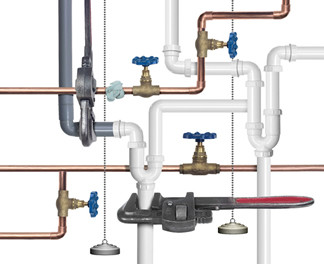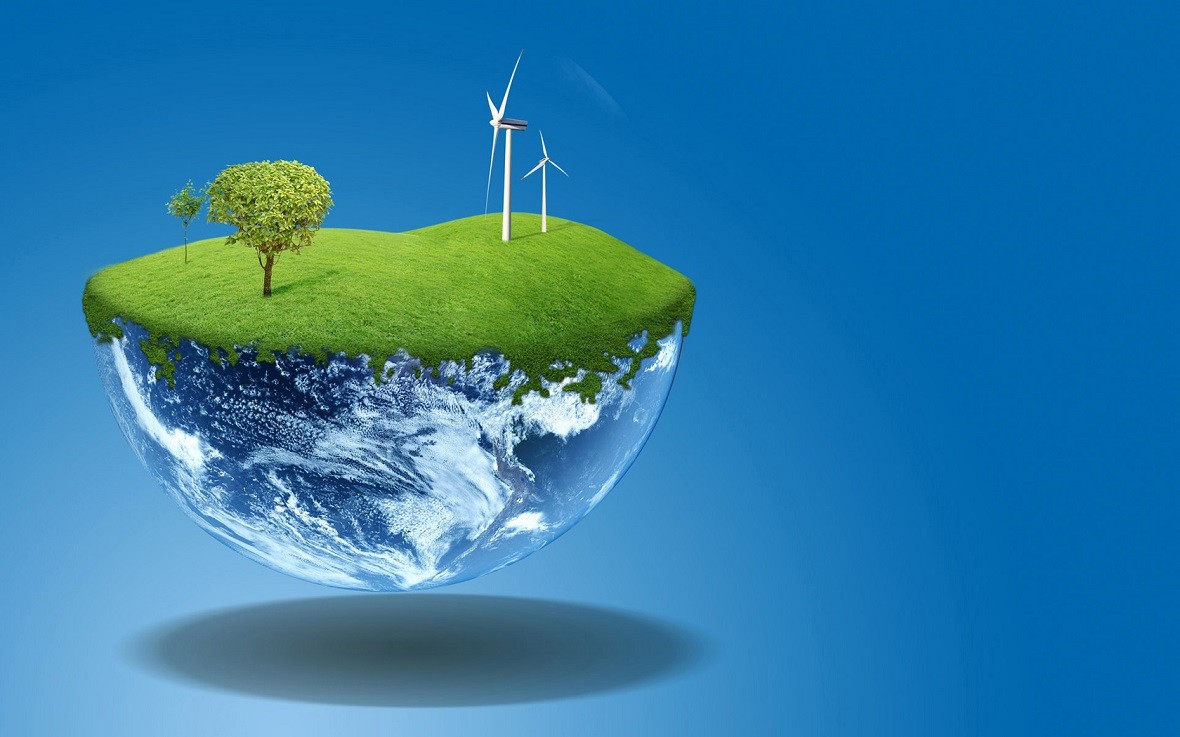Renewable energy is energy which comes from natural resources such as sunlight, wind, rain, tides, and geothermal heat, which are renewable (naturally replenished). About 16% of global final energy consumption comes from renewables, with 10% coming from traditional biomass, which is mainly used for heating, and 3.4% from hydroelectricity. New renewables (small hydro, modern biomass, wind, solar, geothermal, and biofuels) accounted for another 3% and are growing very rapidly.
The share of renewables in electricity generation is around 19%, with 16% of global electricity coming from hydroelectricity and 3% from new renewables. Wind power is growing at the rate of 30% annually, with a worldwide installed capacity of 198 gigawatts (GW) in 2010, and is widely used in Europe, Asia, and the United States. At the end of 2010, cumulative global photovoltaic (PV) installations surpassed 40 GW and PV power stations are popular in Germany and Spain. Solar thermal power stations operate in the USA and Spain, and the largest of these is the 354 megawatt (MW) SEGS power plant in the Mojave Desert.
The world’s largest geothermal power installation is the Geysers in California, with a rated capacity of 750 MW. Brazil has one of the largest renewable energy programs in the world, involving production of ethanol fuel from sugarcane, and ethanol now provides 18% of the country’s automotive fuel. Ethanol fuel is also widely available in the USA. While many renewable energy projects are large-scale, renewable technologies are also suited to rural and remote areas, where energy is often crucial in human development.
As of 2011, small solar PV systems provide electricity to a few million households, and micro-hydro configured into mini-grids serves many more. Over 44 million households use biogas made in household-scale digesters for lighting and/or cooking, and more than 166 million households rely on a new generation of more-efficient biomass cookstoves. United Nations’ Secretary-General Ban Ki-moon has said that renewable energy has the ability to lift the poorest nations to new levels of prosperity.
Climate change concerns, coupled with high oil prices, peak oil, and increasing government support, are driving increasing renewable energy legislation, incentives and commercialization. New government spending, regulation and policies helped the industry weather the global financial crisis better than many other sectors. According to a 2011 projection by the International Energy Agency, solar power generators may produce most of the world’s electricity within 50 years, dramatically reducing the emissions of greenhouse gases that harm the environment.








Recent Comments